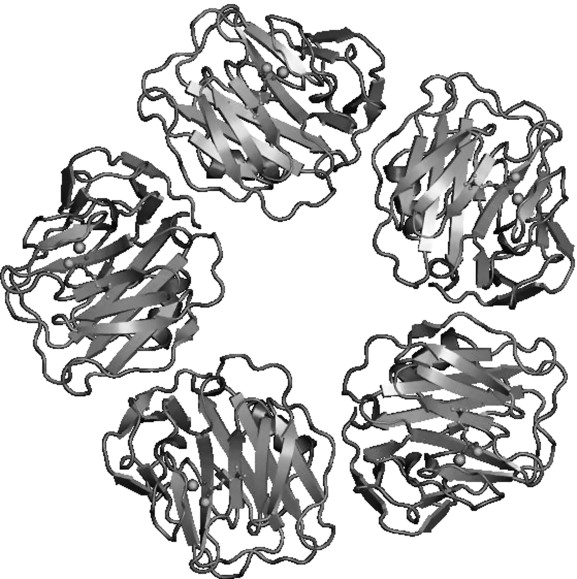
During the drug development process, a wide variety of testing is performed to establish how the drug will function in the body, which biological systems it will affect, how they will be affected and what the appropriate dosage should be.
A Biomarker is a measurable indicator of the presence or severity of a disease state. For example, high cholesterol is a biomarker for cardiovascular disease and high blood pressure is a biomarker for stroke.
A definition specific to drug development has been outlined by the FDA-NIH Biomarker Working Group:
“A biomarker is a “defined characteristic that is measured as an indicator of normal biological processes, pathogenic processes, or responses to an exposure or intervention, including therapeutic interventions. Molecular, histologic, radiographic, or physiologic characteristics are types of biomarkers. A biomarker is not an assessment of how an individual feels, functions, or survives”
In this newsletter, we will discuss the utility of biomarkers, difficulties associated with the use of biomarkers in preclinical research and ITRs experience with biomarkers.
Acute phase proteins were among the first categories of biomarkers used for diagnostic medicine, with applications related to cardiovascular disease, cancer treatment, organ transplant and auto-immunity. Within the category of acute phase proteins, C-reactive protein was among the first described as early as the 1930s. Today, C-reactive protein remain a prominent marker of autoimmune disease, infection, malignancy, trauma and necrosis.
Biomarkers are used for a variety of purposes and regulatory guidelines will differ depending on their intended use. In a clinical environment, biomarkers can be tested in-vitro to monitor therapeutic progress and inform any potential dosage changes. Clinical in-vitro diagnostics and clinical decision-making biomarker assays must be cleared and approved by the FDA, with established guidelines, this is because of the potential danger to humans resulting from improperly applied data.
Preclinical biomarker data are largely left out of regulatory guidance because histopathology is considered to be sufficient. However, preclinical biomarkers can be used in conjunction with standard histopathology to provide a more accurate and complete understanding of the effects of a drug. Biomarkers can be used to measure biological activity resulting from drugs, providing pharmacodynamic data. Some negative impacts of a drug may only be detectable through histopathology once organ damage has taken place. Biomarkers however, can predict organ or tissue damage before the damage occurs.
In 2008, seven nonclinical kidney safety biomarkers were qualified by the FDA to be used in conjunction with standard histopathology data. These new biomarkers were found to be more sensitive and specific for kidney injury when compared with the previously established measures.

Biomarker assays are fit-for-purpose, that is to say the methods for one biomarker cannot be extrapolated to others. This is because there are a litany of potential confounds with each assay. In order to generate accurate data isolating the effects of the test article on a specific biological measure in a preclinical setting, researchers must design methods to rule out any potentially confounding factors.
Researchers working with preclinical biomarkers must pay attention to the status of the animals at the point of sample collection. The age of the animal, fasting status and the time of sample collection can all impact the data. Beyond the condition of the animal during sample collection, the collection method, sample storage methods and matrix used for testing can also present confounding issues. Collection of biological fluids such as blood may affect biomarker assays due to the use of different anticoagulants or stabilizing additives in the collection tubes, transfer pipettes and storage containers. Sample storage temperature can affect the outcome of assays with reagents or matrices with temperature dependent factors.
Most commercially available kits used for biomarker testing are designed for human use and therefore must be tested to ensure they will also function for animal use. Significant biological differences between humans and animals can produce completely different results when using the same kits. Different species also show innate differences, requiring different kits to test for the same biomarkers. A specific biomarker may be increased following organ injury in one species but not in another animal species.
Commercially purchased reagents and test kits will occasionally not function as advertised and therefore must also be carefully checked to ensure they suit the purpose they were purchased for. Significant differences can be found between different lots of the same kit purchased across time from the same vendor. This can be due to a difference in manufacturing methods for the kits.
The above represents a small sample in vague detail of what must be considered and clarified in advance when developing biomarker assays in a preclinical setting.
Although the FDA will still often accept non-GLP biomarkers as part of new drug applications, ITR will perform either GLP validation or non-GLP qualification of a new biomarker depending on its intended use. Our flexible immunology and clinical pathology teams performs the method development & validation or qualification for new biomarkers using commercially available reagents & kits.
As a preclinical toxicology CRO, we focus on safety testing, however, over the years, we have received many requests for both safety and efficacy biomarkers as part of our study packages. With unfamiliar biomarkers, we will perform our own non-GLP method development and then GLP validation for each new biomarker. When the validation is complete, the marker is added to our growing list of validated biomarkers.

Our list of validated markers contains a large proportion for immunophenotyping and other immune system related markers such as complement factors and cytokines. Other categories include organ injury, acute phase, bone metabolism and endocrinology. We have successfully validated markers in rats, cynomolgus monkeys, dogs, mice, minipig, and rabbits. Using Plasma, Serum, BALF, Urine, PBMC & Whole Blood matrices, we can measure your biomarker of interest using ELISA, Fluorescent Bead Arrays & Flow Cytometry.
Regulatory guidance regarding preclinical biomarkers remains underdeveloped due to the lower standard of evidence required for preclinical biomarker qualification compared to the clinical equivalent. The most common use for preclinical biomarkers lies in the translation to clinical biomarkers.
Although histopathology is still the gold standard in toxicity testing, preclinical biomarkers can be more sensitive and specific in addition to allowing for early detection of toxicity and pharmacodynamic effects that may go undetected by other methods.
ITR is continuing to successfully perform method development & validation for each new biomarker to expand our list of validated biomarkers to help establish a stronger safety profile for newly developing drugs.
The full list of biomarkers currently validated at ITR can be found with Here.
